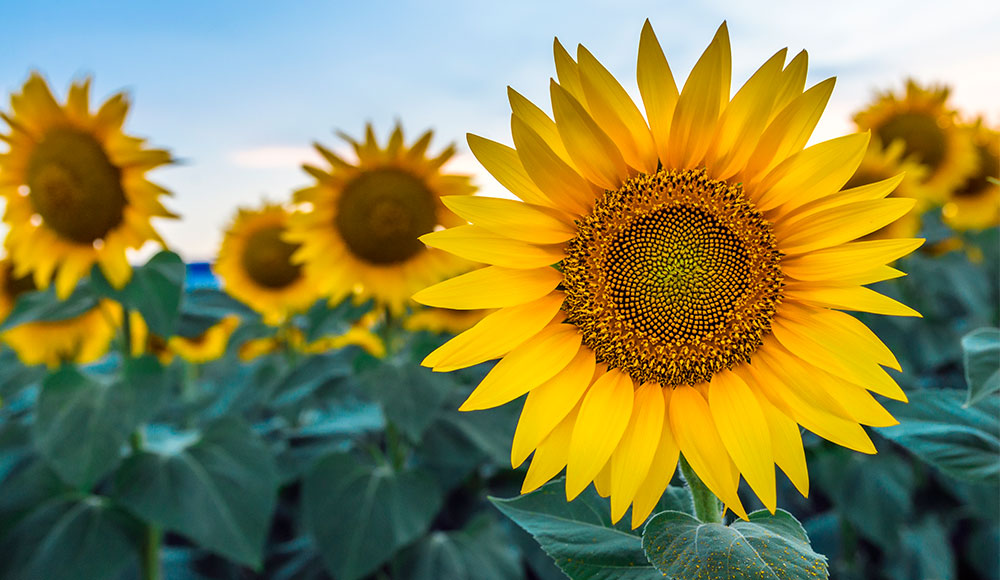
How Long do Sunflowers Take to Grow? Every year, we set out to grow sunflowers in our garden. Sometimes it takes a long time for plants to produce enough flowers for us to see results. But how long do sunflowers take to grow? In this blog base, you will find an escape!
Also read: how to draw a rose for kids
What is a Sunflower?
Sunflowers are a type of flowering plant. They grow from a small green seed in the fall and winter and bloom in the spring. Sunflowers grow gradually over time, and it can take up to 6 months for their petals to fully expand.
How Long Does it Carry to Grow a Sunflower?
Sunflowers are one of the most leisurely works to grow. They will grow in most soils and can be planted directly into the ground. Plant sunflowers 6 to 8 weeks before the last frost, and they will be ready to harvest about 60 days after planting.
When and how Should a Sunflower Be Planted?
Sunflowers can be planted in early spring and grow quickly with regular watering. They are a favorite of pollinators, so you can plant them near a garden or field where there are other pollinators. Sunflowers reach their full height in about 60 days and last 8 to 10 months.
Every year, we set out to grow sunflowers in our garden. Sometimes it takes a long time for plants to produce enough flowers for us to see results. But how long do sunflowers take to grow? In this blog base, your choice, find out!
Do Sunflowers do Well in the Garden?
Sunflowers are one of the most common flowers in the garden. They are easy to grow and can be planted in various soils, including clay. Some varieties of sunflowers will grow up to 6 feet. Sunflowers take about 70 days to grow from seed to harvest.
Sunflowers are a popular garden plant. They can be grown in many parts of the United States, usually from seed. Sunflowers grow quickly and can be ready for harvest in about 45 days.
Can Sunflowers do Well in the Garden?
Sunflowers are beautiful plants that bloom in spring and bring a lot of vitality to your garden. They are common for their large, bright yellow petals and are loved by many gardeners for their bold colors. However, as beautiful as they are, sunflowers can be a pain in the ass.
Why Grow Sunflowers in Your Garden?
Sunflowers are a great addition to any garden. They are easy to grow and create beautiful flowers that attract butterflies and pollinators. Sunflowers are also resistant to many common garden pests.
How to Farm and Care for a Sunflower
Sunflowers are one of the multiple popular park plants. They require very little care once planted and will give you a bountiful crop of blooms all summer long. Here are some tips on how to plant and care for sunflowers:
- Choose a sunny spot in your garden. Sunflowers grow best in full sunlight.
- Dig a hole twice the size of the root ball and deep enough to accommodate the roots of the sunflower. Make sure the soil is fertile and slightly acidic, similar to what you would find in your garden. Add plenty of organic matter to the planting hole, such as compost, aged manure, or coffee grounds.
- Plant the sunflower root ball directly into the prepared hole, ensuring it is level with the surrounding soil. Water well and fertilize regularly with a balanced fertilizer according to package directions. Mulch around the plant to keep moisture levels high and help protect against weed competition.
- Keep an eye on your sunflower during its first few weeks of growth; if it begins to droop or stunt, remove it from the pot and replant it in fresh soil. sunflowers do
Comparing the Differences Between a Wild Sunflower and a Domesticated one
Sunflowers can be grown in a garden, but there are some important differences between a wild sunflower and a tame one. Wild sunflowers are taller and have more robust stems than domesticated ones. They also grow faster and produce bigger flowers. However, they can be difficult to transplant, so it is important to select a healthy specimen before planting.
Conclution
Sunflowers grow quickly; within a few weeks or even days, you will see new blooms appear. However, it can take up to two months for the flowers to reach their full potential. So be patient, don’t take them out before they’re done!






